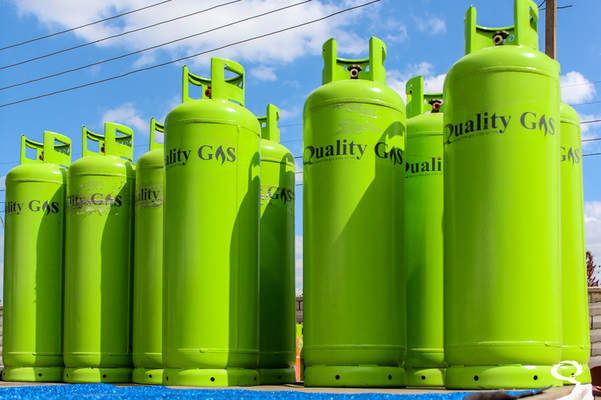Zim to boost LPG gas storage facilities
AS the uptake of Liquefied Petroleum Gas (LPG) continues to surge, Zimbabwe is investing in strategic storage facilities in a bid to ensure uninterrupted supplies, officials have said.
The increase in demand for LPG, largely due to electricity shortage in the country and its general acceptance as an alternative source of heating, has led to occasional shortages.
State-owned National Oil Company of Zimbabwe (NOIC) is now looking to commission tanks with a storage capacity of 500 tonnes in the first quarter of 2023, NOIC business development manager, Tarisai Chigunha, said at a consultative meeting with a delegation from Zambia that is on a fact-finding mission to understand factors that have led to increased uptake of LPG in Zimbabwe.
The meeting was held at Kensys Gas storage facility in Harare where the Zambian delegation also had an opportunity to tour the plant. The delegation, which comprised officials from Zambia’s energy ministry and that country’s energy regulation board, later in the afternoon, toured NOIC’s fuel storage and ethanol blending facilities at the Masasa depot. By year end, NOIC is targeting to raise the storage capacity to 2 000 tonnes, Chigunha said.
“We are studying both methods, whether companies bring in their product or they can trust us to do it on their behalf…all the models are being investigated,” she said.
Earlier, the Zimbabwe Energy Regulatory Energy Authority (ZERA) senior petroleum engineer, Andrew Gura, said the strategic storage facility would help boost Zimbabwe’s energy security given the growing demand.
“Initially, people were scared (to use LPG) but there is general acceptance of the gas as a transition fuel, to close the gap from dirty fuel to cleaner energy and we need strategic stocks. The demand is going up and last year, we peaked at 56 million tonnes.
“So they are here to take home lessons (on) our standards and the regulations…exposing them to what we have because they are also expecting huge uptake.”
“They want to familiarise themselves with our systems; they have been impressed and want to replicate (our model), but at the same time we are also learning from them.”
Gura said Zimbabwe had never reported “shocking accidents, very comparable if not better than South Africa” due to increased awareness, effective regulatory enforcement and training programmes that have resulted in safe usage of LPG.
Zambia assistant director in the ministry of energy, Mafayo Ziva, said his country was looking to boost the uptake of LPG to take away pressure from the electricity grid.
“Zimbabwe, and ZERA in particular, has been our partner and we have a lot to learn,” he said. “We need to learn and see how Zimbabwe has managed to boost uptake.”
Last year, Zambia consumed nearly 8 000 tonnes of LPG. Kensys Gas, one of the leading suppliers of LPG, said the uptake of gas has been huge across all social classes.
“The first day we opened this facility, we sold only four kilogramme but we are now pushing huge volumes, between 3 00 and 500 tonnes per month,” operations director Ndoro said.
“The uptake is not only in urban areas, but also (in) outlying areas and this is partly due to increased awareness by individual companies and ZERA. Kensys has 60 filling LPG sites across the country and boost total storage capacity of 302 tonnes.-ebusinessweekly










